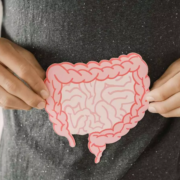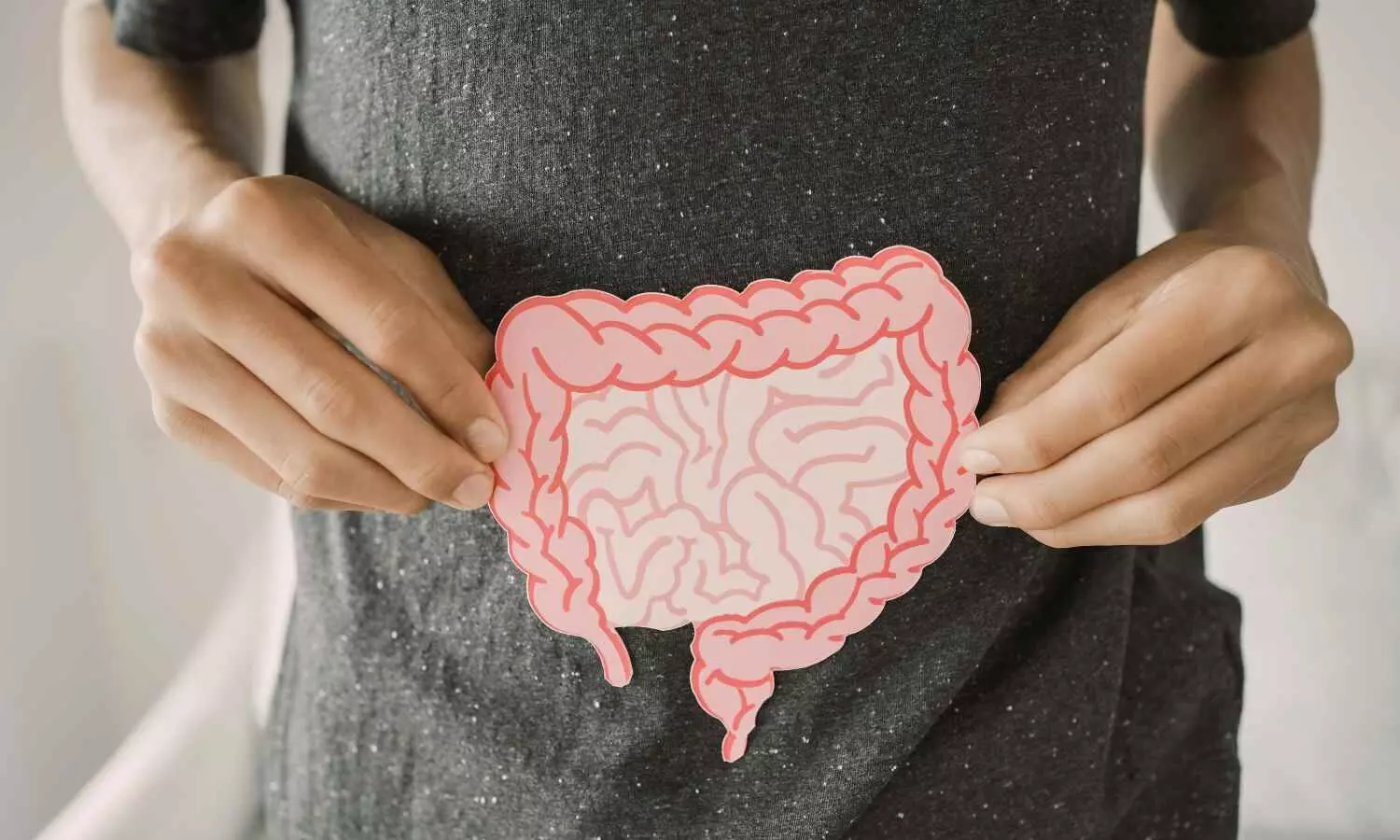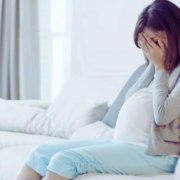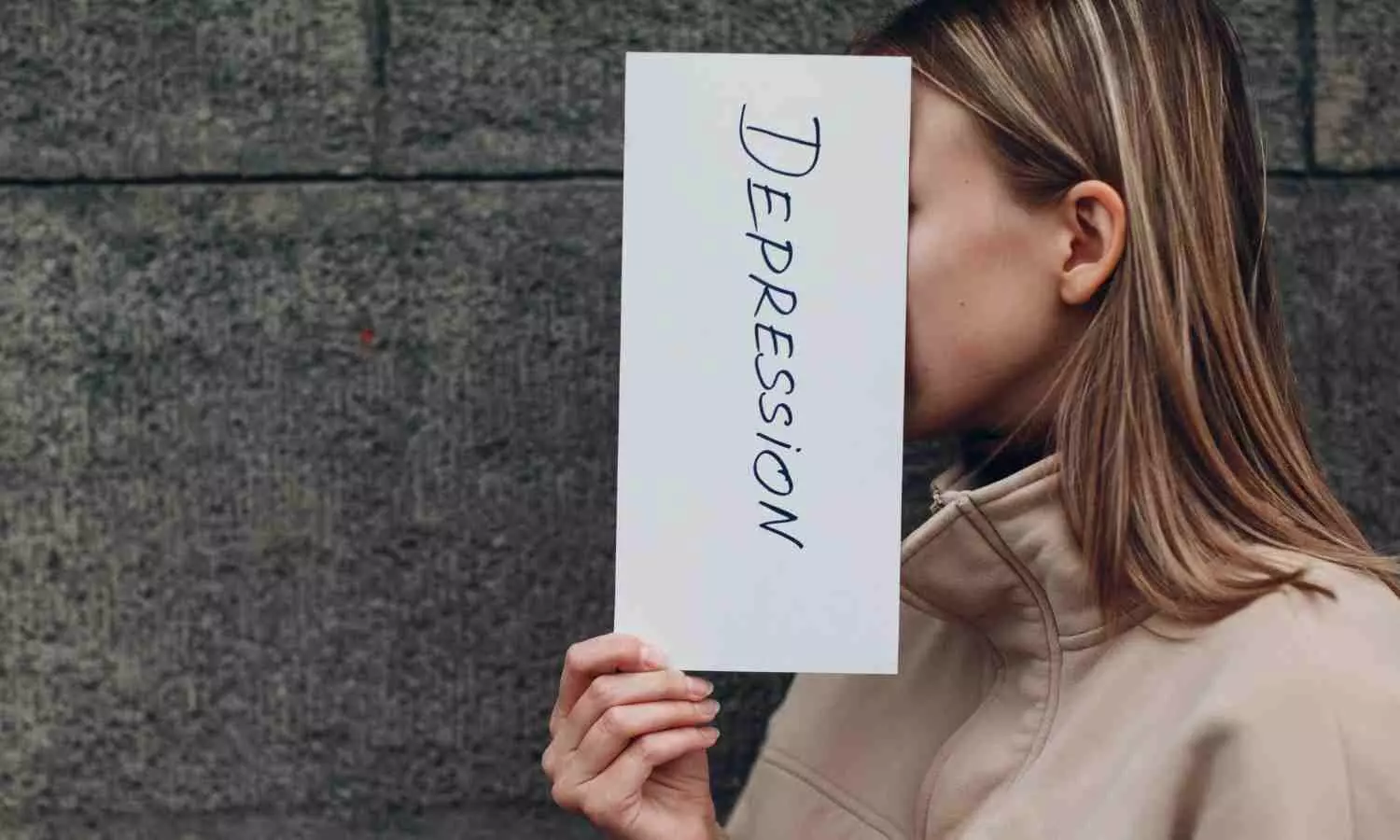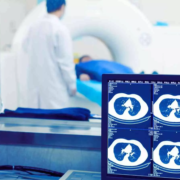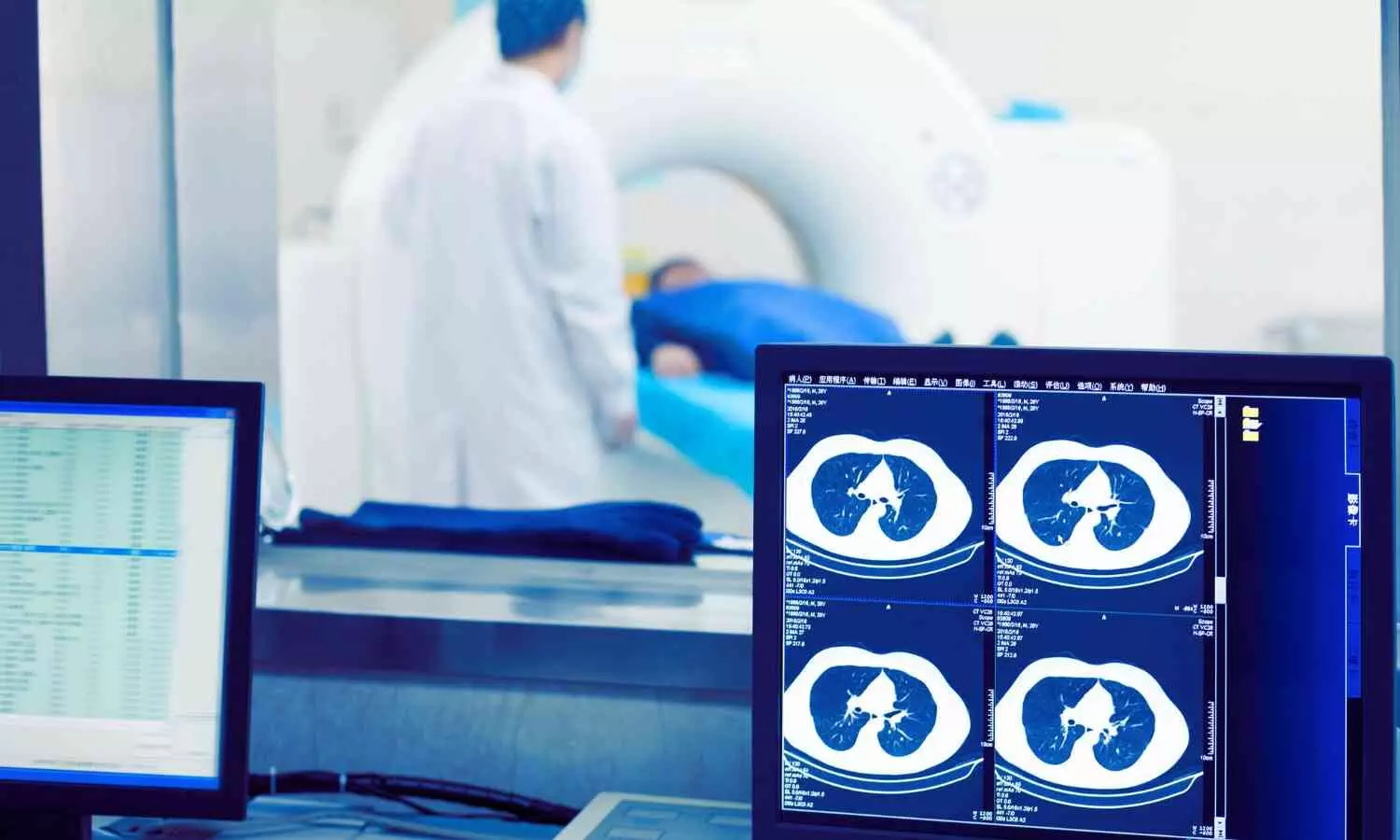Indian Review Stresses Prevention Strategies, Early Referral, and Timely Liver Transplantation in Pediatric Acute Liver Failure
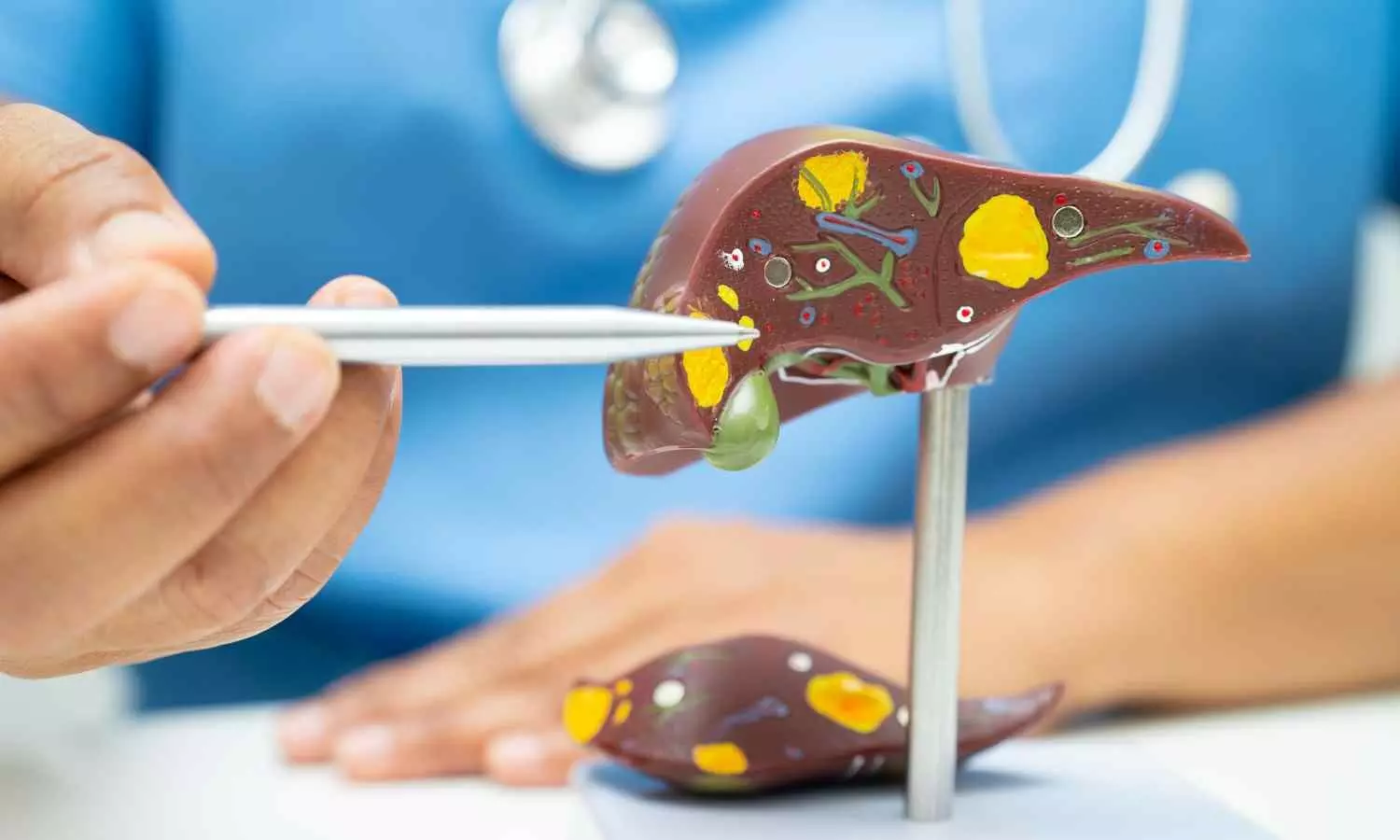
India: The rising incidence of Pediatric Acute Liver Failure (PALF) is a growing concern in India, with experts stressing the need for early detection, prevention, and timely referral to specialized centers. A recent review article, authored by Dr. Smita Malhotra from the Department of Pediatric Gastroenterology and Hepatology, Indraprastha Apollo Hospital, New Delhi, provides an in-depth overview of the condition, its causes, and approaches to management.
Acute liver failure in children is a medical emergency with rapid progression, often transforming a healthy child into a critically ill patient within hours or days. “Acute liver failure is a catastrophic condition. A child who is perfectly fine can deteriorate dramatically in a very short time, making timely intervention vital,” stated Dr. Smita in her conversation with Medical Dialogues.
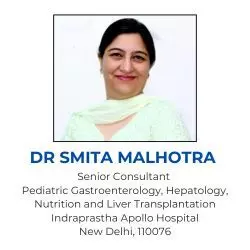
The review, published online in Apollo Medicine, highlights that in India, infections remain the predominant cause of PALF, with Hepatitis A virus (HAV) being the most common etiology. Unlike Western countries, where paracetamol toxicity is a leading cause, infections account for the majority of pediatric cases in developing nations. Dr. Smita emphasized that Hepatitis A is a vaccine-preventable disease, yet the vaccine is not part of the government’s universal immunization program. “We often see children progressing to liver failure simply because they were not vaccinated against Hepatitis A. Promoting this vaccination and creating awareness are critical to preventing such cases,” she noted.
The article also addresses other important etiologies, including metabolic disorders, drug or toxin-induced injuries, and, in some instances, indeterminate causes. A significant concern raised by Dr. Smita is the increasing number of cases linked to the use of alternative or herbal medications. “Certain Ayurvedic and herbal preparations can be toxic to the liver. These, along with inadvertent paracetamol overdosing, are preventable causes of acute liver failure and require public awareness,” she said.
Early diagnosis plays a pivotal role in improving outcomes. According to Dr. Smita, most peripheral centers detect PALF only when neurological symptoms such as irritability or altered consciousness appear. However, simple monitoring of coagulation parameters like INR can help diagnose the condition earlier, allowing timely referral before irreversible complications set in.
Management of PALF is complex and requires a multidisciplinary team, including pediatric hepatologists, intensivists, nephrologists, transplant surgeons, and specialized nursing support. Cerebral edema remains one of the most feared complications due to its potential to cause irreversible brain damage. Preventive strategies include early ventilation, maintaining low ammonia levels through timely dialysis, and minimizing stress or transfer with appropriate medical protocols, with a medical expert in attendance once encephalopathy sets in.
Liver transplantation continues to be the definitive treatment for severe PALF. Dr. Smita highlighted that pediatric liver transplantation in India has advanced significantly over the past two decades, with survival rates exceeding 95% in many centers. She also emphasized the importance of promoting both cadaveric and living-related donation. “There are still misconceptions about donor safety, but with proper evaluation, living donors remain safe, and the liver regenerates after partial donation, especially in pediatric cases where only a small segment is required,” she explained.
The review highlights the urgent need for awareness campaigns focusing on Hepatitis A vaccination, regulation of alternative medicines, strengthening early diagnostic capabilities in smaller centers, and expanding infrastructure for pediatric liver transplantation. As Dr. Smita summarized, “Early recognition, timely referral, and a multidisciplinary approach are the key factors that can turn the tide in saving young lives affected by acute liver failure.”
Reference:
Kaur, J., Malhotra, S., Kumar, K., & Sibal, A. Management of Acute Liver Failure in Children. Apollo Medicine. https://doi.org/10.1177/09760016241299530
Powered by WPeMatico



